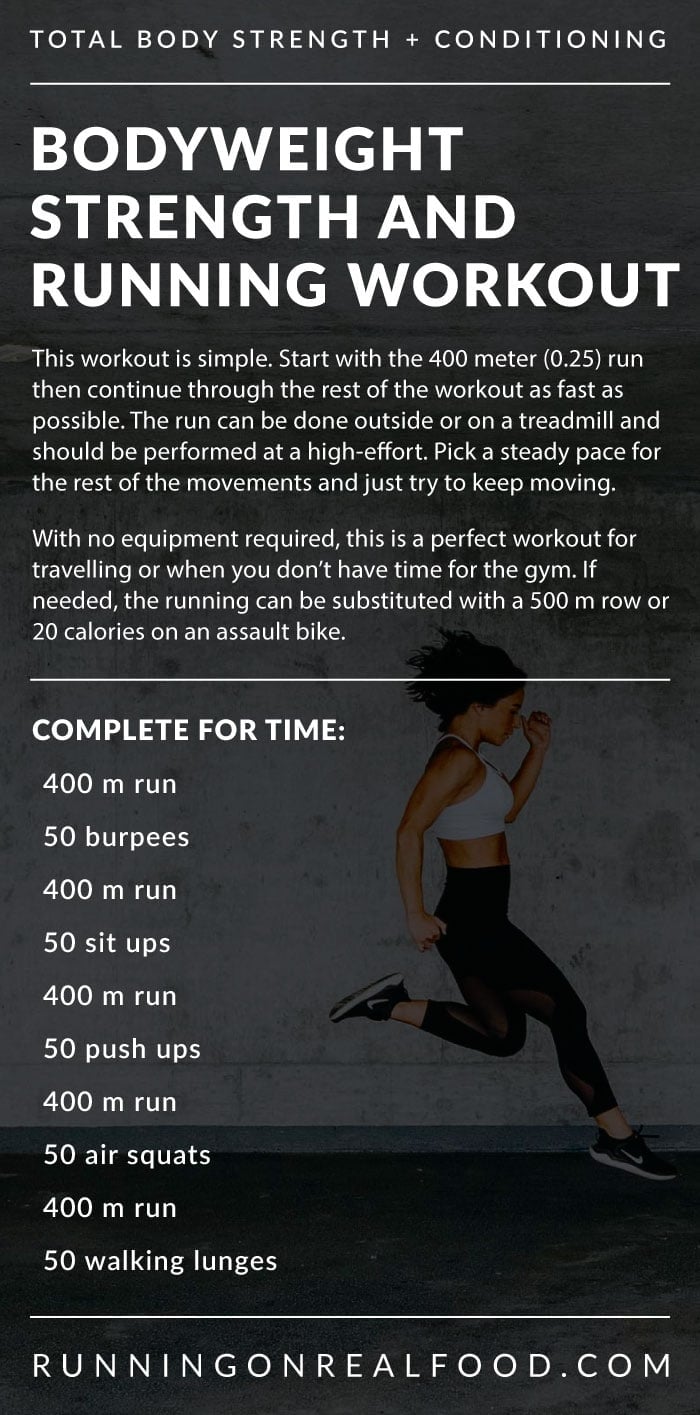Handling Typical Running Discomforts: Reasons, Solutions, and Prevention
As runners, we typically encounter various pains that can hinder our efficiency and pleasure of this physical task. From the incapacitating pain of shin splints to the unpleasant IT band syndrome, these common running discomforts can be aggravating and demotivating. Understanding the causes behind these disorders is crucial in efficiently resolving them. By discovering the origin reasons for these running pains, we can discover targeted options and safety nets to make sure a smoother and a lot more meeting running experience (click site).
Typical Running Discomfort: Shin Splints
Shin splints, an usual running discomfort, typically result from overuse or incorrect footwear throughout physical task. The recurring anxiety on the shinbone and the cells connecting the muscular tissues to the bone leads to swelling and pain.
To avoid shin splints, people must progressively boost the strength of their exercises, put on appropriate shoes with proper arch support, and keep versatility and toughness in the muscles bordering the shin. If shin splints do occur, preliminary therapy entails remainder, ice, compression, and elevation (RICE) Additionally, integrating low-impact tasks like swimming or biking can assist preserve cardio fitness while enabling the shins to recover. Relentless or serious instances may require medical analysis and physical treatment for efficient monitoring.
Usual Running Discomfort: IT Band Disorder
Along with shin splints, another common running pain that athletes frequently run into is IT Band Syndrome, a condition triggered by swelling of the iliotibial band that leaves the outer upper leg and knee. IT Band Syndrome typically manifests as pain outside of the knee, especially during tasks like running or biking. The iliotibial band is a thick band of fascia that attaches the aware of the shin, and when it ends up being irritated or limited, it can rub against the thigh bone, causing pain and pain.
Runners experiencing IT Band Disorder might see a painful or hurting experience on the external knee, which can aggravate with continued activity. Elements such as overuse, muscle inequalities, inappropriate running form, or inadequate warm-up can add to the growth of this problem. To stop and alleviate IT Band Disorder, runners must concentrate on stretching and reinforcing exercises for the hips and thighs, appropriate shoes, progressive training progression, and dealing with any type of biomechanical issues that might be exacerbating the issue. Neglecting the signs of IT Band Disorder can result in persistent issues and prolonged healing times, highlighting the significance of very early intervention and correct administration approaches.
Common Running Pain: Plantar Fasciitis

Plantar Fasciitis can be credited to different elements such as overtraining, incorrect shoes, working on tough surface areas, or having high arches or flat feet. To protect against and alleviate Plantar Fasciitis, joggers can integrate stretching exercises for the calf bones and plantar fascia, wear helpful shoes, maintain a healthy weight to decrease strain on the feet, and progressively enhance running intensity to stay clear of abrupt tension on the plantar fascia. If signs persist, it is advised to get in touch with a healthcare professional for proper medical diagnosis and treatment alternatives to deal with the condition effectively.
Typical Running Pain: Jogger's Knee
After addressing the difficulties of Plantar Fasciitis, another prevalent issue that runners typically face is Runner's Knee, a typical running pain that can impede sports performance and trigger discomfort during physical activity. Jogger's Knee, also referred to as patellofemoral pain disorder, materializes as pain around or behind the kneecap. This condition is commonly credited to overuse, muscular tissue discrepancies, incorrect running techniques, or problems with the alignment of the kneecap. Runners experiencing this pain may feel a boring, hurting pain while running, increasing or down stairs, or after long term durations of sitting. To stop Runner's Knee, it is crucial to include appropriate workout and cool-down routines, preserve strong and well balanced leg muscular tissues, use appropriate shoes, and progressively raise running strength. If signs and symptoms continue, inquiring from a medical care professional or a sports medication professional is recommended to identify the underlying cause and develop a customized treatment strategy to relieve the pain and protect against further complications.
Common Running Pain: Achilles Tendonitis
Typically affecting runners, Achilles Tendonitis is an excruciating condition that affects the Achilles tendon, causing discomfort and potential limitations in physical activity. The Achilles tendon is a thick band of tissue that attaches the calf bone muscle mass to the heel bone, critical for tasks like running, jumping, and walking - check out more here. Achilles Tendonitis typically creates because of overuse, incorrect footwear, inadequate extending, or abrupt boosts in physical activity
Symptoms of Achilles Tendonitis include pain and stiffness along the ligament, particularly in the morning or after periods of lack of exercise, swelling that aggravates with activity, and possibly bone stimulates in persistent situations. To avoid Achilles Tendonitis, it is important to stretch effectively previously and after running, wear ideal shoes with proper assistance, slowly enhance the strength of exercise, and cross-train to reduce recurring anxiety on the tendon. Therapy may entail rest, ice, compression, elevation (RICE protocol), physical treatment, orthotics, and in severe instances, surgical treatment. Early intervention and appropriate care are critical for handling Achilles Tendonitis properly and stopping long-term issues.
Verdict

Comments on “Elevate Your Running Strategy with Proven Techniques”